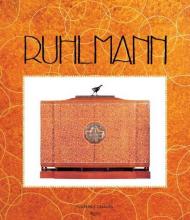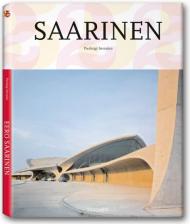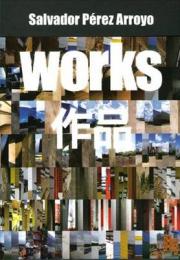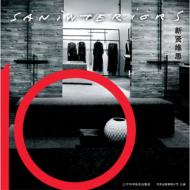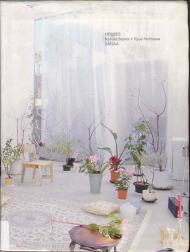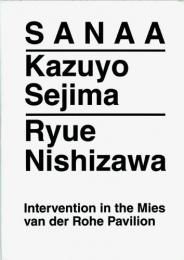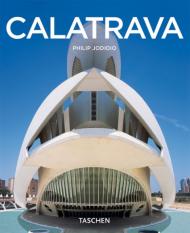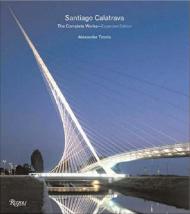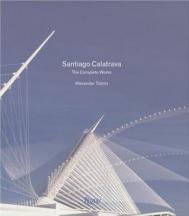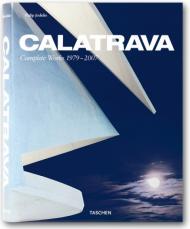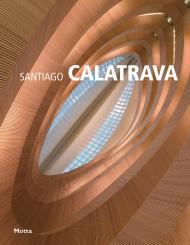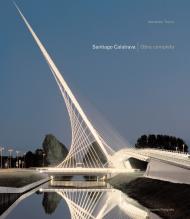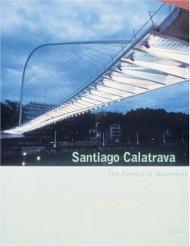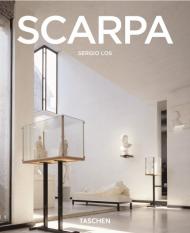The most comprehensive and authoritative monograph to be published about the prolific master of art deco interior design. Jacques-Emile Ruhlmann (1879–1933) was one of the most celebrated art deco interior and furniture designers. A tastemaker and a style setter, he worked and associated with the best artists in the worlds of fashion, architecture, and the decorative arts, and catered to an international clientele of diplomats, wealthy businessmen, and artistocrats. Known as "The Master of Art Deco," Ruhlmann created opulent, exquisitely designed furniture, homes, and showrooms for the Parisian beau monde in the ’20s and ’30s, and was known for his use of rare woods with exquisite ornamentation provided by ivory, tortoiseshell, lacquer, mirrors, silk, and tooled metals. In addition to his interiors, Ruhlmann also designed lamps, rugs, wall coverings, cigar boxes, and unusually shaped beds and divans. Today, his objects are highly sought by collectors and connoisseurs. Encompassing examples from all areas of Ruhlmann’s output, this book expands upon the author’s previous work, originally published in 1984, and contains much new information, sketches, and drawings, and additional archival material never previously seen. This volume is the product of more than twenty years of research, and the author worked closely with the Ruhlmann family, art dealers, collectors, and curators in preparing this truly comprehensive and exhaustive monograph.
About the Author
Florence Camard is the world’s foremost authority on the work of Jacques-Emile Ruhlmann and helped curate the recent 2004 Ruhlmann exhibitions at The Metropolitan Museum of Art in New York and the Montreal Museum of Fine Arts. She teaches at the Centre for the Study of the Art Object in Paris.
Издательства
- Rizzoli (101)
- Thames & Hudson (25)
- Taschen (11)
- Phaidon (8)
- Flammarion (6)
- Vendome Press (6)
- Monacelli Press (6)
- Beta-Plus (6)
- Gestalten (6)
- Princeton Architectural Press (5)
